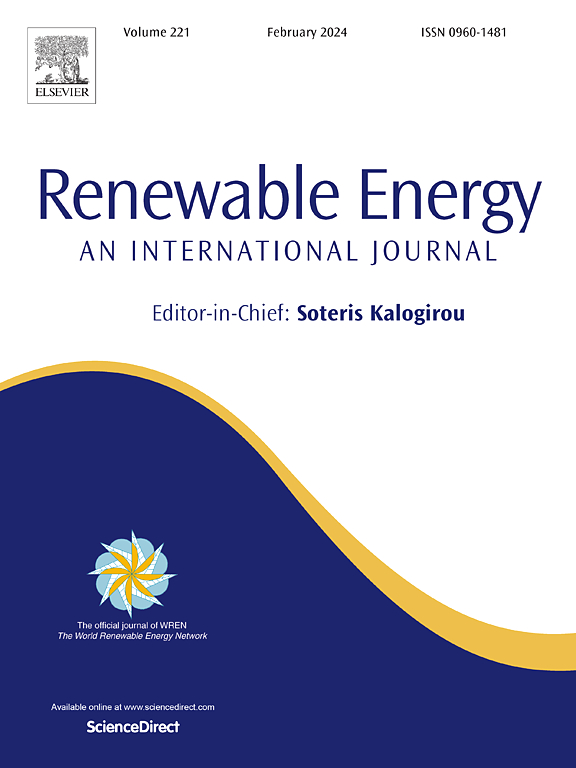基于glm的生物柴油合成3d打印螺旋微反应器优化实验框架设计
IF 9.1
1区 工程技术
Q1 ENERGY & FUELS
引用次数: 0
摘要
本研究提出了一种在连续流3d打印螺旋不锈钢微反应器中生产生物柴油的基于glm的优化策略。实验设计(DoE)框架评估了甲醇/油(MTO)比、KOH浓度、反应温度、流速和反应器几何形状对生物柴油产量和甘油三酯(TG)转化的影响。催化剂浓度、MTO比和通道设计是主要影响因素,流速和温度的影响相对较弱,但相互关联。SSY45螺旋反应器,具有45°y结入口,增强混合和相分散,高效合成生物柴油。GLM模型确定了最佳条件:在60°C, 3.27 wt% KOH, 6:1 MTO比和3 mL/min流速下,生物柴油收率为94%;在50°C, 4.1 wt% KOH, 12:1 MTO比,3ml /min流速下,TG转化率为96%。这两个目标都在~ 63 s内实现,证明了反应器的工艺效率。GLM预测与实验结果非常吻合,证实了模型的可靠性。这项工作突出了螺旋微反应器设计与高效连续生物柴油生产统计优化相结合的潜力。本文章由计算机程序翻译,如有差异,请以英文原文为准。
GLM-based optimization of a 3D-Printed spiral milli-reactor for biodiesel synthesis using a design of experiments framework
This study presents a GLM-based optimization strategy for biodiesel production in a continuous-flow 3D-printed spiral stainless-steel milli-reactor. A Design of Experiments (DoE) framework evaluated the effects of methanol-to-oil (MTO) ratio, KOH concentration, reaction temperature, flow rate, and reactor geometry on biodiesel yield and triglyceride (TG) conversion. Catalyst concentration, MTO ratio, and channel design emerged as dominant factors, while flow rate and temperature exhibited comparatively weaker yet interconnected effects. The SSY45 spiral reactor, featuring a 45° Y-junction inlet, enhanced mixing and phase dispersion for efficient biodiesel synthesis. The GLM model identified optimal conditions: 94 % biodiesel yield at 60 °C, 3.27 wt% KOH, 6:1 MTO ratio, and 3 mL/min flow rate; and 96 % TG conversion at 50 °C, 4.1 wt% KOH, 12:1 MTO ratio, and 3 mL/min flow rate. Both targets were achieved within ∼63 s, demonstrating the reactor's process efficiency. GLM predictions matched experimental results closely, confirming the model's reliability. This work highlights the potential of spiral milli-reactor design combined with statistical optimization for efficient, continuous biodiesel production.
求助全文
通过发布文献求助,成功后即可免费获取论文全文。
去求助
来源期刊

Renewable Energy
工程技术-能源与燃料
CiteScore
18.40
自引率
9.20%
发文量
1955
审稿时长
6.6 months
期刊介绍:
Renewable Energy journal is dedicated to advancing knowledge and disseminating insights on various topics and technologies within renewable energy systems and components. Our mission is to support researchers, engineers, economists, manufacturers, NGOs, associations, and societies in staying updated on new developments in their respective fields and applying alternative energy solutions to current practices.
As an international, multidisciplinary journal in renewable energy engineering and research, we strive to be a premier peer-reviewed platform and a trusted source of original research and reviews in the field of renewable energy. Join us in our endeavor to drive innovation and progress in sustainable energy solutions.
 求助内容:
求助内容: 应助结果提醒方式:
应助结果提醒方式:


